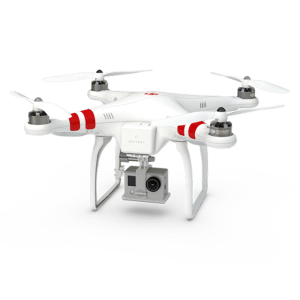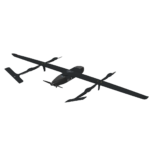
The Defense Advanced Research Projects Agency (DARPA) has unveiled a new program, Aerial Dragnet, which aims to develop technologies that provide a single, integrated picture of all small unmanned aerial vehicles (UAVs) flying in a city.As commercial quadcopters and other low-cost, low-altitude UAVs continue to proliferate and become more widely used by potential adversaries, U.S. forces will need to be able to quickly detect and identify such aircraft, especially in urban areas, “where sight lines are limited and many objects…

 By
By 











